When it comes to ice hockey and leagues other than the NHL and its two minor leagues, there’s the Southern Professional Hockey League (SPHL) and the Federal Prospects Hockey League (FPHL). However, those two leagues are regional, but what if there was a nationwide league? Right now players cut from their professional contracts whether NHL, AHL or ECHL, a lot go overseas to the Russian-based Kontinental Hockey League (KHL) which has teams in six countries, 18 teams in Russia with one each in five other countries. But my thought is, why not have a league in the US equal to the KHL? Players would be able to stay close to their family while NHL scouts could have easier access to potential players their organization might like.
Related: The WHA – A Look Back at the Upstart Hockey League
Venues would have to seat no less than 10,000 people and some teams could partner with NHL teams. I decided to figure out what a league like this might look like. I mapped out two five-team divisions and one six-team division for a total of 16 teams. This league, which I called Major League Hockey (MLH), would provide fans to have affordable family entertainment while taking in a sport at the professional level.
I put together a Pacific Division, Midwest Division, and Eastern Division. The Pacific Division would include five teams from California while the other two divisions would include teams from various states. Five teams would have NHL partners, but it wouldn’t be a normal affiliation like the NHL has with the AHL and ECHL. It’d only be five teams because it’d be one NHL team per MHL team within the state. NHL franchises would be able to purchase player contracts like MLB does with the Atlantic League of Professional Baseball (ALPB).
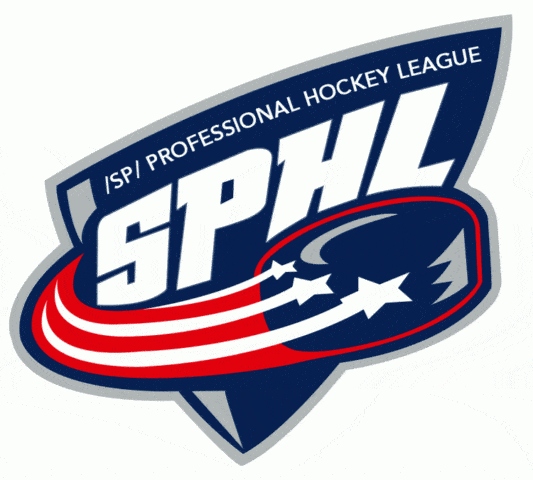
The Pacific Division would include the Sacramento Sundogs, Oakland Outlaws, San Francisco Seals, Fresno Falcons, and Long Beach Bombers. The Midwest Division would include the New Mexico Scorpions, San Antonio Rampage, Houston Aeros, Oklahoma City Barons, and Kansas City Scouts. The Eastern Division would include the Arkansas RiverBlades, Louisiana IceGators, New Orleans Brass — which is a nod to the former ECHL franchise — Memphis Maulers, Louisville Icehawks, and Atlanta Thrashers.
To form a board of governors for MLH, each team would choose a front office member, whether from ownership or some other position. However, the commissioner would not be from a team, rather a qualified person from elsewhere in the sports industry.
Ownership and Team Venues
Some teams would be owned by NHL franchises while others might not be. Ideally, teams would be owned by those who own other franchises in the area. Otherwise, teams could be owned by solid groups that have passed a league background check.
The Dallas Stars would oversee the Houston franchise, which would be named the Aeros after past teams that played there in the AHL. There was also a different edition of the team that played in the World Hockey Association from 1972-1978 in two different venues. The Aeros MLH franchise would play out of the 17,800 seat Toyota Center.
Related: History of the Houston Aeros
The St. Louis Blues would oversee the Kansas City Scouts named after a past team there. The Scouts would play out of the 17,544 seat Sprint Center. The Nashville Predators would operate the Memphis Maulers, a nod to the former WSHL Missoula Maulers who would play out of the 16,411 seat FedEx Forum, currently home to the NBA’s Memphis Grizzlies.
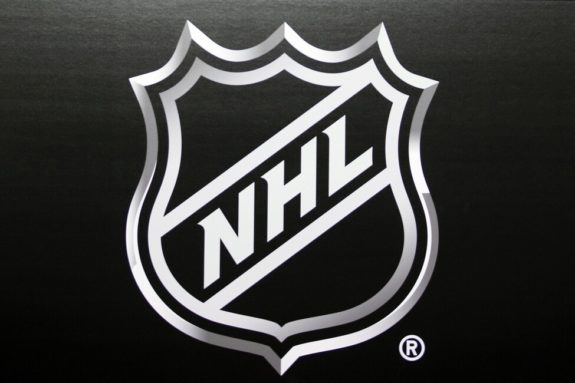
In the Pacific Division, the San Jose Sharks would oversee the San Francisco Seals who would play at the 11,089 seat Cow Palace in Daly City, just south of San Francisco. The Anaheim Ducks would oversee the Long Beach Bombers, a nod to the former WSHL franchise and play out of the 11,200 seat Long Beach Arena.
The Sacramento Sundogs would play at the 14,632 seat Golden 1 Center, currently home to the NBA’s Sacramento Kings. The Kings themselves could possibly even own the Sundogs. The Oakland Outlaws would play at the 17,268 seat Oakland Arena (formerly Oracle Arena) and currently home to the Oakland Panthers of the Indoor Football League (IFL). The Panthers ownership could own the Outlaws too if they chose to.
In the Midwest Division, the Oklahoma City Barons who would be named after the former AHL franchise could be owned by the Oklahoma City Thunder. The team would share Chesapeake Energy Arena with the Thunder that seats 15,152 for ice hockey. The San Antonio Rampage would also be named after the former AHL franchise and could be owned by the San Antonio Spurs.
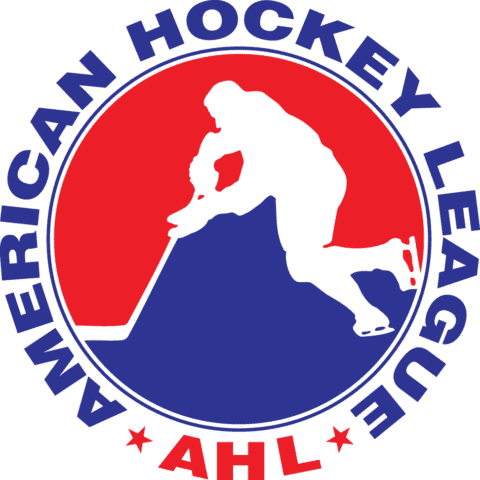
In the Eastern Division, the New Orleans Brass could be owned by the New Orleans Pelicans or even the Saints. The team would share Smoothie King Center with the New Orleans Pelicans which seats 16,500 for ice hockey. The Atlanta Thrashers, named after the city’s former NHL franchise, could be owned by the Atlanta Hawks or even the Falcons, Braves, or Atlanta United FC. The Thrashers would share State Farm Arena with the Hawks, which seats 17,624 for ice hockey.
Team Organization
NHL teams within the state of the independent MLH team would have the option to purchase a team, but would have limited control. They wouldn’t be able to send players down or call any up. When it came to players joining their organization, it’d be like the ALPB where they could purchase a player’s contract. They would then be able to assign him to whatever level of their organization they saw fit. This article here talks about how the ALPB averages 50 purchased contracts a season by MLB.
However, any NHL franchise could pull from any MLH team, but if said MLH team was owned by an NHL franchise, they’d have to go through negotiations depending if the NHL team was willing to let him go and pay any fees the NHL franchise might require. NHL teams would be able to impose fees on other teams for purchasing said player’s contract in addition to paying the MLH team to purchase said player’s contract.
If a player signed with an NHL team and was later cut, they could return from the NHL, AHL, or ECHL club and return to the MLH franchise they were with before. However, players would have the option to sign a different type of contract as well that’d allow them to be a free agent upon returning to MLH from the NHL or AHL or ECHL.
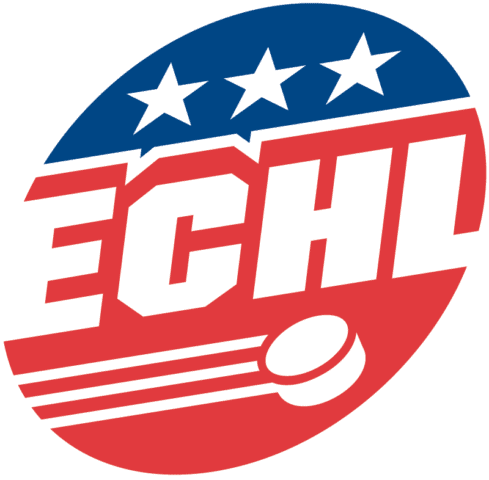
When it comes to trading players, it’d be similar to that of an expansion draft with how teams would have players they could protect. Teams would choose these players prior to the season and make changes up until the trade deadline. However, teams not owned by an NHL franchise wouldn’t have this option. Teams would sign a three-year agreement with the league, which would allow them to either sign on for another year after three years or pursue other opportunities such as the ECHL or the SPHL.
Certain NHL franchises don’t have ECHL affiliates so could choose to move the MLH team to the ECHL. Other teams could choose to join either league if they so chose to. In the ECHL not every franchise is affiliated with an NHL team as the Norfolk Admirals are independent. But independent teams can thrive like we’ve seen in the SPHL and this video shows that Norfolk has a plan for success.
Three-year contracts would prove that teams would have solid enough ownership to last three seasons without any financial issues that could get in the way. The backing of some NHL teams, as well as other professional teams, would give the league the needed financial support. In an effort to mimic the KHL in a way, the salary cap would be set at $12 million.
Why Would a Team Choose MLH Over ECHL or AHL?
The aim of Major League Hockey would be to play at a level similar to the AHL one step below the NHL or the KHL overseas. The league would aim to give players a chance who didn’t want to go overseas to the KHL. Players might have been released from an NHL team, coming out of junior hockey, or after finishing up their collegiate career. The league would aim to provide jobs to those aspiring to be in the sports industry as well as those who might be waiting for their next shot.
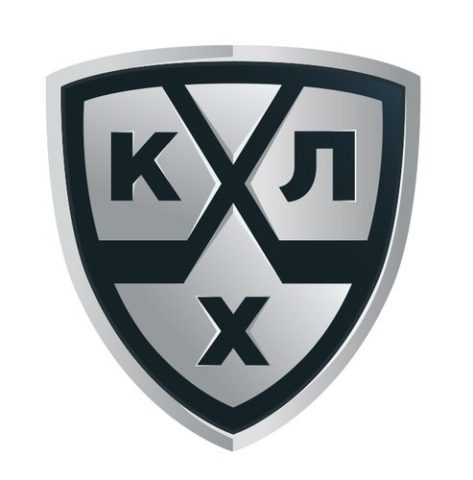
The league would aim to give players the feel of what being in the NHL is like, as well as staff from the game-day level to front office. The season would play an 82-game season just like the NHL, and would run at the same time as the NHL and their two minor leagues. This would provide teams the opportunity to purchase player contracts during the season and let that player participate in games.
The playoffs would be similar but also different in certain ways to what the NHL has in place. Each playoff series would be best of seven with the top 10 teams making the playoffs. The top four teams in the league would each get a first round bye meaning one division would have two teams with that bye. Eight other teams would have first-round matchups with each winner playing a team that had a bye. The winner of that matchup would then face the winner of the other matchup in their side of the bracket with a trip to the championship series on the line.
Why This Would Benefit the Sport
Having a league like this would benefit the sport in more ways than one. Players without a team wouldn’t have to necessarily go overseas, allowing scouts to keep an eye on former players as well as former collegiate players. Players would possibly have the opportunity to join a team owned by an NHL franchise, as well as just play at a professional level. Young professionals and those who have been without a job in sports would have the opportunity to get back into the industry, and college students could have their first shot at a career. Certain NHL franchises could have the option to look at talented players outside their organization as well.
A league like this would grow the sport in cities that either used to have a team as well as those that have never had a professional team of any rank before. In addition, the league would provide affordable, good-quality family entertainment. For some markets, this league would be the only hockey team in town or help to add to the few options available. Not all markets have sports year round and MLH would help fill that gap during the fall and winter seasons.